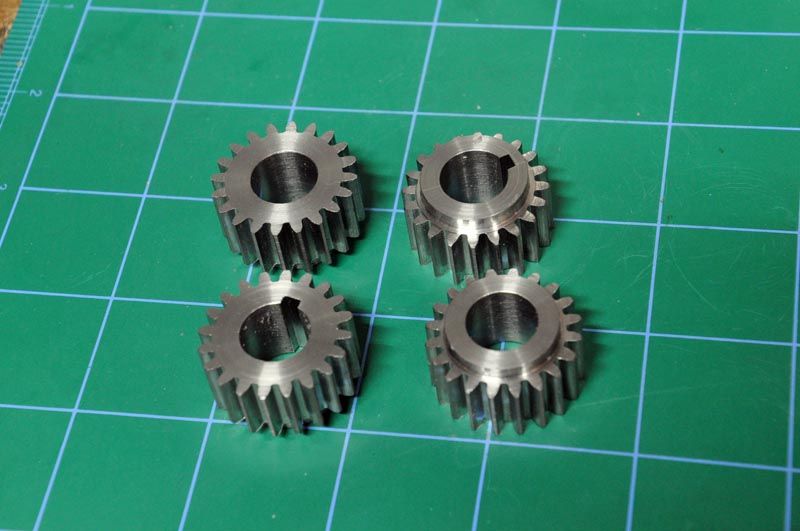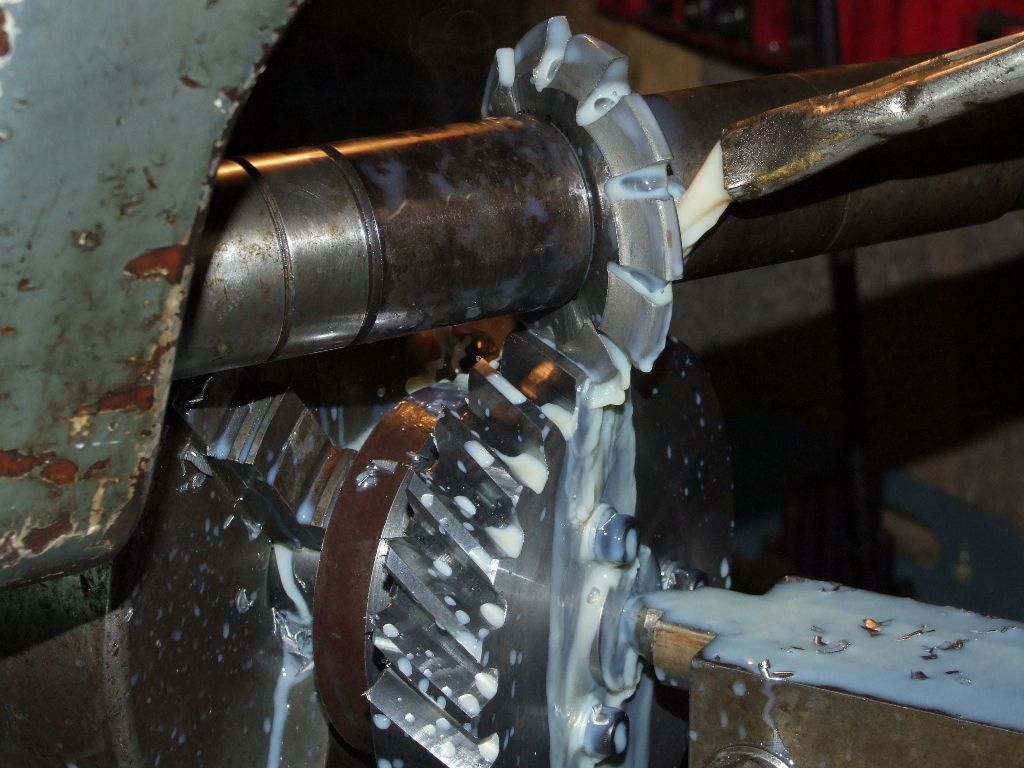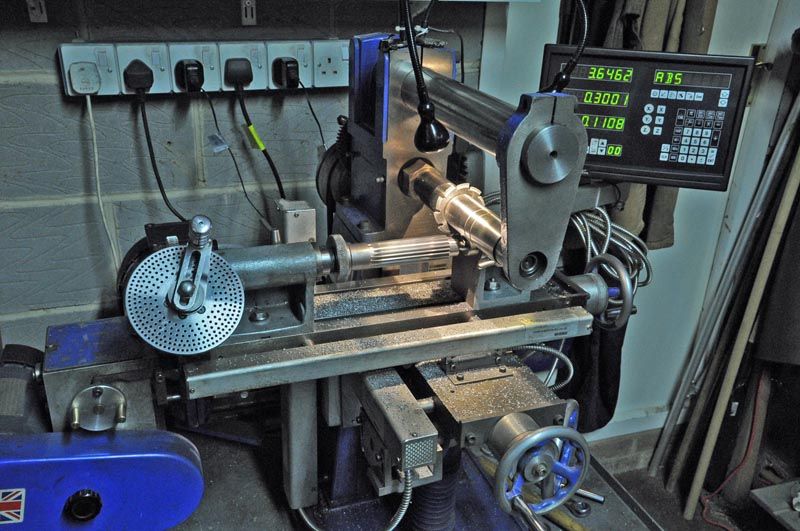Myford Change Wheels
Myford Change Wheels
- This topic has 25 replies, 12 voices, and was last updated 2 February 2019 at 09:12 by
Anonymous.
- Please log in to reply to this topic. Registering is free and easy using the links on the menu at the top of this page.
Latest Replies
Viewing 25 topics - 1 through 25 (of 25 total)
-
- Topic
- Voices
- Last Post
Viewing 25 topics - 1 through 25 (of 25 total)
Latest Issue
Newsletter Sign-up
Latest Replies
- Easiest/cheapest source of R8 socket
- Even the Dealer Didn’t Know!
- How many spokes do I really need?
- Model Engine running just off a naked flame
- Please direct me to where I can find an engineer to do some bespoke work
- What Did You Do Today 2025
- Herbert B drill information?
- Which lubricator do I need
- Backplate studs
- William Hazeldine … Proving Machine








